The country continued to experience severe load shedding despite the oppressive weather. The people in the capital Dhaka and elsewhere have been enduring frequent power outages, which makes their life intolerable during this peak summer when temperatures are climbing to 38-42 degrees Celsius.
This is due to electricity generation between 12,000 MW and 13,000 MW against a demand of around 16,000 MW.
Power outages during the daytime have already exceeded 2,600 MW, and it is anticipated that at their worst in the evening, they may reach 3,500 MW.
It is claimed that the power supply issue is worse in rural regions because they only have access to energy for 3-5 hours a day and must do without it the rest of the time.
It`s interesting to note that according to the Power Grid Company of Bangladesh`s (PGCB) official data, load shedding peaks at midnight when most people are still fast asleep.
When load shedding was only expected to affect 900 MW, the forecasted electricity generation at the evening peak was 14,900 MW compared to a predicted demand of 15,800 MW.
An executive of the state-owned Bangladesh Power Development Board stated, “The reality is quite different.”
He said that during the evening peak, load shedding exceeds 2700 MW to 3500 MW, adding that official statistics never accurately reflects the situation on the ground.
However, according to PGCB`s official data, which is in charge of power transmission throughout the nation, load shedding was at 2815 MW at 4 PM on Monday, 2735 MW at 6 PM on Monday, and 3266 MW at 1 AM on Tuesday.
On Tuesday, load shedding was 3215 MW at 1am and 3143 MW at 2am.
As a result, even while the nation`s demand declines at midnight, the country`s power generation also decreases to a level of 11,000 MW, making the extent of the biggest load shedding at that time a new phenomena.
Midnight load shedding has become a common occurrence this year, since in the earlier years it was not.
There was no BPDB representative available who was willing to remark on the situation.





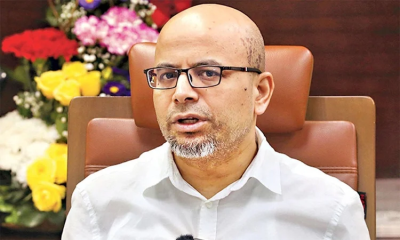



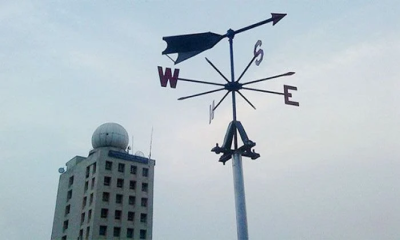

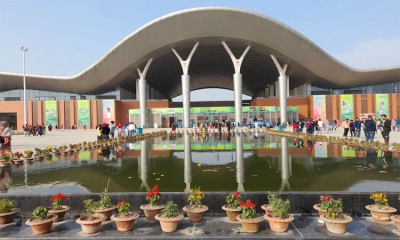
-(2)-20260102070806.jpeg)
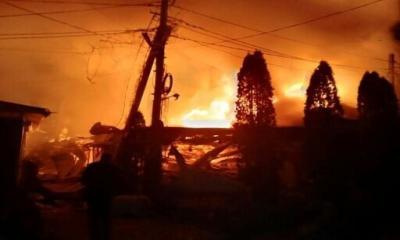

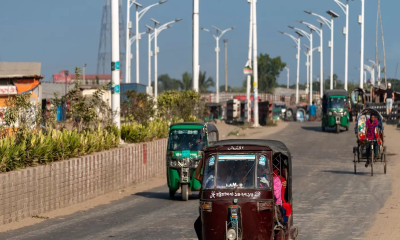

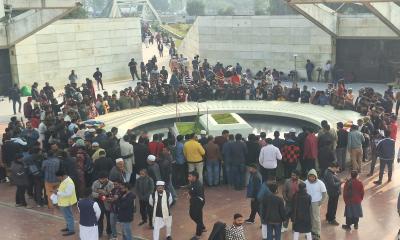

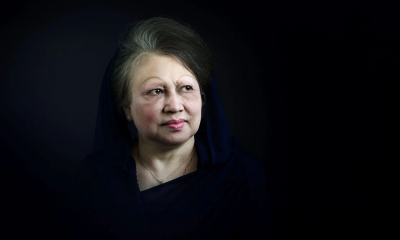

-20251227141313.jpeg)


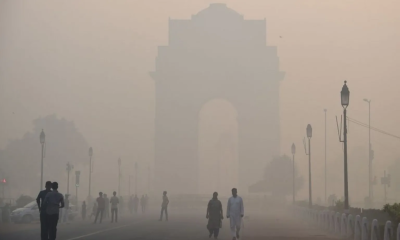

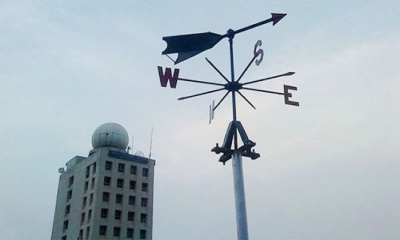

-20251229113834.jpg)


-20251228081840.jpeg)

-20251228081915.jpg)